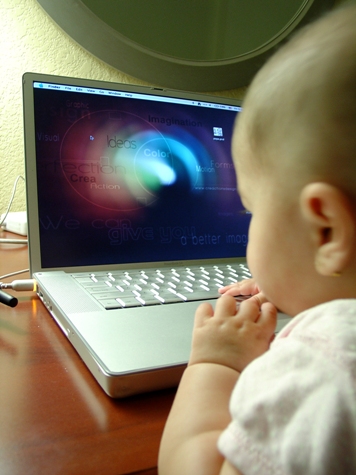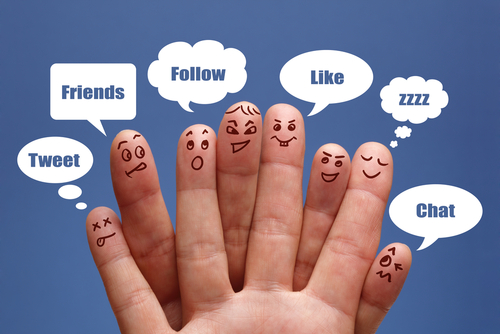In the most-used social media platforms ranking, Facebook has still managed to maintain itself at the top for the past 14 years, but does that mean it is still the most used amongst tweens and teens?

According to recent research, Facebook continues to lead the rank of most used social media platforms, with 2.9 billion monthly active users as of October 2022, which represents 36.8% of all people on earth. This information has been accurate even after acknowledging the decrease of roughly 2 million users per month in the first half of 2022. Facebook is still the most popular network in the world. This data is indeed impressive, but when it comes to tweens and teens it might not be as relevant as we may think, given that only 5.6% of Facebook users are 17 years old and under.
When focusing on which social media platforms parents should not only be aware, but also wary at times, we must turn our attention to the list bellow with the most popular social media apps and platforms kids and teens spend most of their time on:
In contradiction of what many may think, YouTube is the most used social media amongst kids between the ages of 13 to 17 years old, according to the Pew Research Center’s survey 95% of teenagers listed YouTube as their preferred platform.
This is the platform to be watched since its popularity growth between teenagers in the past few years has been exponential. In addition, due to its smart algorithms, that could quickly cause social media addiction, as kids spend an average of 102 minutes per day only on TikTok. 67% of teens have elected it as their one of their top platforms, this represents 32,5% of TikTok’s users.
Instagram is very popular because it is a mainly visual platform, that started focusing mainly on pictures and now added the “Reels” feature that is very similar to TikTok, the “Instagram Stories” and “Live” features that can get very similar to the YouTube lives that are so popular. Even though it is in third place, most of its users are between the ages of 25 and 34 years old, 31.7% of its users. Teenagers between 13-17 years old are 8.9% of Instagram users.
Snapchat is also a mostly visual platform that is very popular among the young generations. Even though around 2015 its growth appeared to reach a stagnated stage, around mid 2021 it came back with a significant growth and by the beginning of 2022 it had 332 million daily highly active users.
As mentioned before, Facebook is indeed the largest social media in the world currently, but this number does not impress when we focus on the younger generations.
WhatsApp messaging app became the main channel of communication amongst all ages, nowadays from 10 years old kids up to 70 years old adults, not only most have their WhatsApp accounts but are also active users. As of April 2022, WhatsApp has 2.44 billion monthly users, and it keeps growing.
Why is this subject more important now than it has been up until this point?
The use of the Internet, apps and social media keeps changing as the generations grow and evolve, and as the time goes by, more and more generations are born into a world of technology where likes and shares have an ongoing growing importance on their lives and wellbeing. According to FameMass, teens in the ages between 13 and 18 years old have an average of 3 hours a day on social media nonetheless, some teens spend up to 9 hours a day on it. This is longer than the time they spend on school, if you worry about what your child is learning on school shouldn’t you also be aware of what they are being exposed throughout most of their days as well?



















